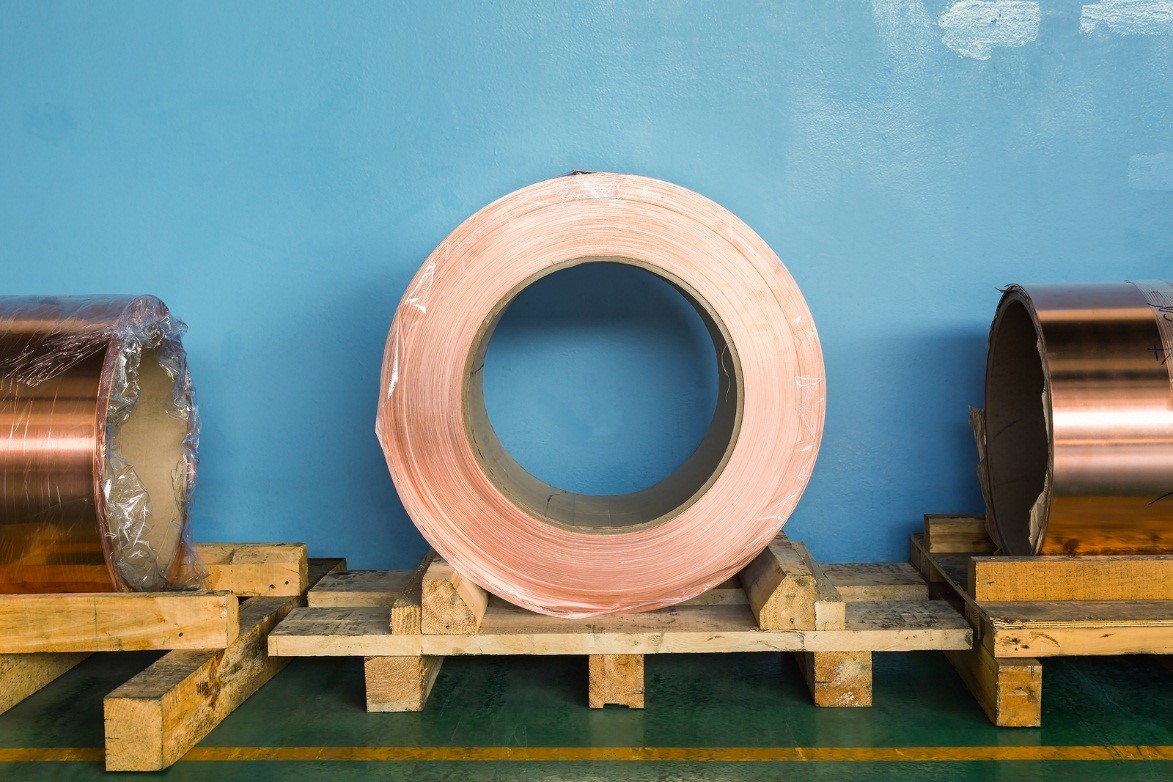If you’re in the business of manufacturing copper products, knowing where to buy copper sheets of high quality is only one aspect of running a good trade. You also need to establish a good manufacturing process – whether your products be tools, machinery, architectural features, or decorative artwork. That includes knowing how to take care of your materials and merchandise. After all, no one likes buying a damaged product. Plus, you don’t want to come up empty when your customers ask you for maintenance tips.
Here are three pointers on the care and protective maintenance of copper.
Lacquered or unlacquered?
Your copper sheet supplier may have provided you with durable sheets, but you have the option whether to coat your products with lacquer. This coating protects copper from the grease and grime that come with handling, as well as environmental factors like moist. It also gives products a shiny finish. While lacquered products have more protection, they can pose health hazards if used with certain food.
Distinguishing lacquered and unlacquered copper is key, because each type must be cleaned differently. Lacquered pieces only need light dusting, infrequent washing in warm, soapy water, and drying with soft cloths, lest the finish be damaged. Unlacquered ones call for stronger cleansers.
Copper pieces may have other finishes, such as waxes and paint. Whether or not your product has these coatings also determines how it should be cleaned. Abrasive brushes can scratch and scrape them off; soft brushes are recommended.
Cleaning versus polishing
When it comes to copper artwork and decorative pieces, there is also a difference between cleaning and polishing. Cleaning enhances surface appearance as it removes dust, grease, and fingerprints. Polishing, however, can remove the surface details of pure copper pieces, and leave harmful residue on them. It can also damage the metal, affecting its properties, and remove copper’s natural green tarnish – an aesthetic feature you might want to leave untouched.
Storage temperatures and conditions
If you have a warehouse, you should try to store copper in areas where the relative humidity is between 35% and 55%. High moisture levels lead to corrosion in metals, though pure copper is more likely to be suffer corrosion due to acids. Packaging your merchandise in acid-free containers will go a long way to ensuring their quality before sale.
Sources
Copper Cleaning and Care, DoItYourself.com
The Cleaning, Polishing and Protective Waxing of Brass and Copper, Canadian Conservation Institute
Storage of Metals, Canadian Conservaton Institute


